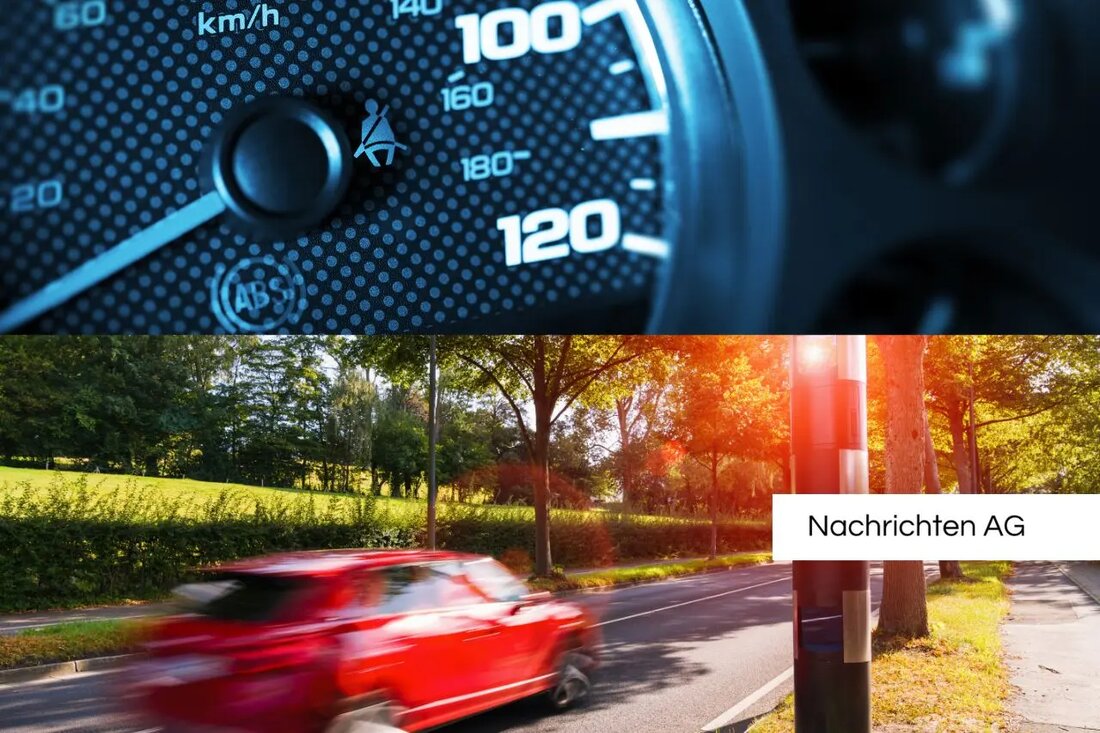Don't flash! This is how you avoid expensive fines in Lahnstein
Don't flash! This is how you avoid expensive fines in Lahnstein
On 01.01.2025, drivers in Lahnstein were urgently warned of adhering to the speed limits. Current mobile speed cameras are in use in the city, especially on the B 42, ZIP 56112 in Niederlahnstein. The speed camera was reported on January 1st, 2025 at 6:50 p.m., with the speed limit be set at 70 km/h. Speed controls are possible in the entire urban area.
The information comes from 01.01.2025, 7:02 p.m., and it should be noted that an exceeding of the top speed can lead to fines. The Road Traffic Regulations (STVO) regulate the sanctions in the case of speed overruns. This includes paragraph 23 StVO, which prohibits the use of technical devices for displaying or interfere with traffic monitoring measures. While radar warning and laser tapes are illegal, speed camera apps may be used on mobile devices, provided they are not activated while driving. External radar warning that is ready for operation are punishable.
mobile and inpatient speed controls
speed controls represent an important police instrument to ensure compliance with the top speed. The aim of these measures is to improve traffic safety and avoid accidents. Checks are often carried out at danger spots, such as heavily frequented crossings. There are various methods for speed monitoring, including mobile and inpatient speed camera.
The penalties for speed overruns vary depending on the violation and place, be it in town or outside. The following sentences apply to the inner -city fines: There is a fine of € 30 up to 10 km/h too quickly, and the fees increase at the speed. With an exceeding of over 70 km/h, up to € 800 can incur in fine, as well as a possible driving ban of up to three months.
Also outside there is a separate catalog of fines, in which the punishments also vary depending on the speed of speed. The tolerance limit for speed controls is 3 km/h for speeds below 100 km/h and 3% for higher speeds.
The common measurement methods include radar halls that use the Doppler effect, light barrier measuring devices, piezo sensors, induction loops as well as laser and video exercise systems. In addition, average speeds are recorded via defined sections of the route using section control.
It should be noted that private speed monitoring is generally allowed, but only under certain requirements and without legal consequences for administrative offenses.
| Details | |
|---|---|
| Quellen | |


Kommentare (0)